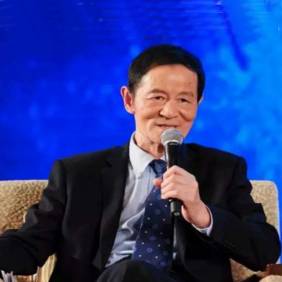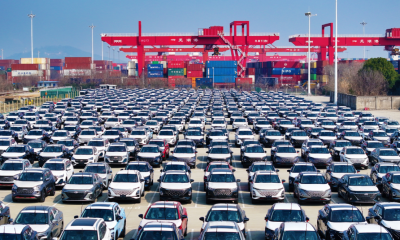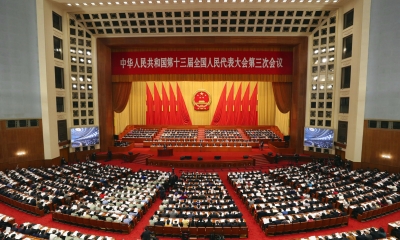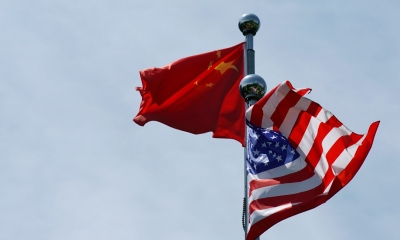Good Signs Afloat, Hard Work Ahead
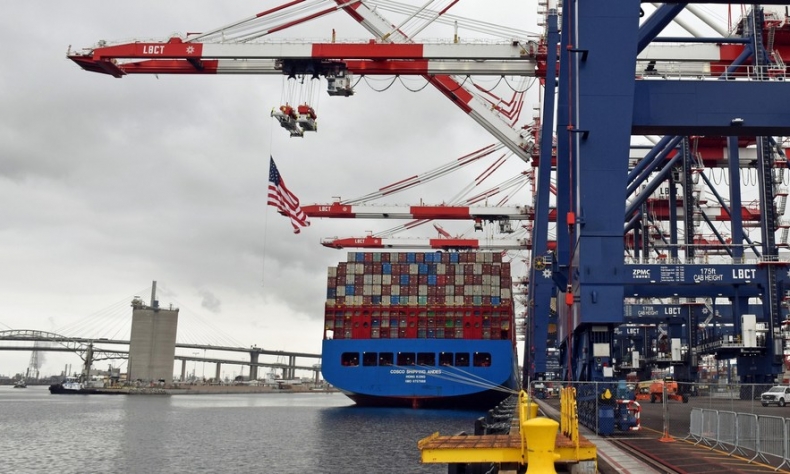
Let improvements in words turn to substantive changes in action, thus bringing China-U.S. relations, especially economic and trade relations back to the right track, benefiting peoples of the two countries and of the world at large.
The recent official meetings between Chinese Commerce Minister Wang Wentao and his counterpart, Gina Raimondo, U.S. Commerce Secretary in Washington, D.C. on May 25, and Katherine Tai, USTR in Detroit the following day blows fresh air to the China-U.S. trade relations that have been at a low ebb for a few years since the Trump administration launched trade war against China.
Both meetings were claimed by both sides as frank, serious, professional and constructive. Instead of good wishes in general, the two sides pinpointed the key differences and concerns in their economic and trade relations. Minister Wang Wentao expressed deep concerns over the U.S. economic and trade policy on China, its policies on semiconductors and export controls and outbound investment review, Taiwan-related topics in economic and trade area, Indo-Pacific Economic Framework (IPEF) and 301 tariffs on Chinese products. Both sides promised to keep dialogues and adopt a problem-shooting approach.
Before the meetings, Wang Yi, a member of the Political Bureau of the CPC Central Committee and director of the Office of the Foreign Affairs Commission of the CPC Central Committee, and Jake Sullivan, U.S. National Security Advisor had 10-hour in-depth discussion in Vienna, Austria on May 10-11. On May 23, Xie Feng, the new Chinese Ambassador to the U.S. arrived in Washington, D.C. and was warmly received by U.S. Deputy Secretary of State Newland. Both Jake Sullivan and Janet Yellen, the U.S. Treasury Secretary, had expressed earlier the U.S. “de-risk”, not “de-coupling” policy toward China. Secretary of State Tony Blinken also repeated his desire to visit China.
People have sensed signs of fresh détente in the China-U.S. relations, especially trade relations. While undoubtedly constructive, will those latest developments persist, check the sharp fall in China-U.S. bilateral relations and make a fundamental upturn, or just an improvement in words?
On May 27, just two days after meeting with Wang Wentao, Raimondo told a news conference that the U.S. would “firmly oppose China’s actions against Micron”. The U.S. Department of Commerce said that the U.S. had substantially completed a deal within the Indo-Pacific Economic Framework (IPEF) targeting China on so-called “economic coercion”. Hence, no substantive change yet, and a long way to go before it could happen.
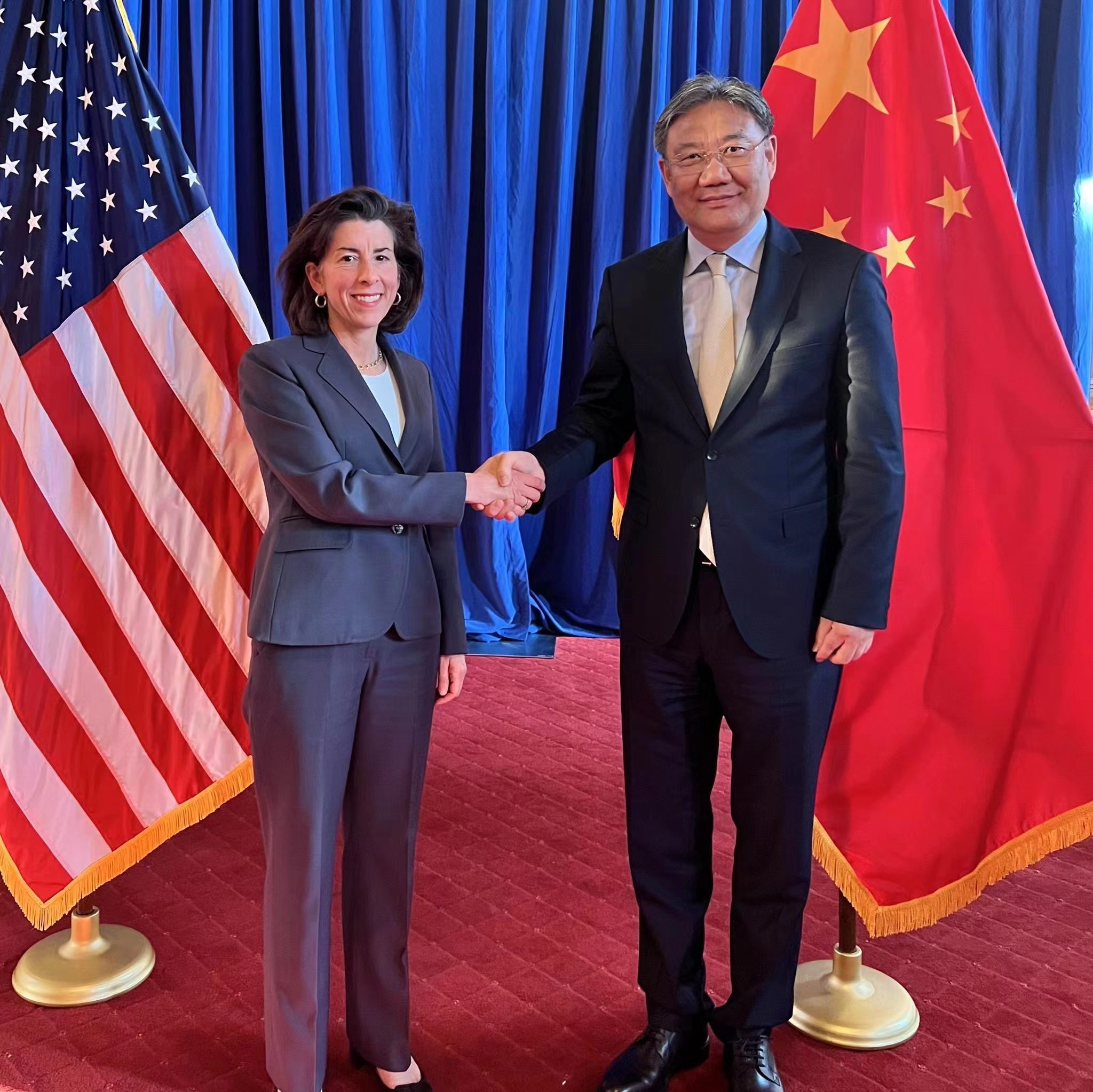
Following the sharp deterioration in bilateral relations, the two-way trade between China and the U.S. has also witnessed a drastic fall over the past two years, especially since the second half of 2022. According to statistics by China Customs in dollar value, Chinese monthly merchandise exports to the U.S. fell by 11.6 percent, 12.6 percent, 25.4 percent and 19.5 percent year-on-year in succession during September-December 2022 period, only managed a meagre 0.6 percent growth for the whole year of 2022. The first four months of 2023 saw 14.3 percent down year-on-year. The U.S. lost its long position as China’s largest export market in January-April, 2023, outstripped by ASEAN and the EU. The United States’ exports to China also got stagnated, with only 14.5 percent aggregate growth from 2018 to 2022, compared to Chinese aggregate growth of export to the U.S. of 21.6 percent. China also suffered badly in its exports to the United States. China was the largest trading partner of the U.S. in 2020, and was the third largest in 2021, overtaken by Canada and Mexico but still the largest supplier of U.S. imports. The position was lost to the EU in 2022. During Q1, 2023, China even retreated to the fourth largest supplier. The U.S. share in China’s total global trade fell from 13.7 percent in 2018 to 11.2 percent in Q1, 2023, while ASEAN gain 3.1 percentage points and the EU plus UK also gained 0.3 percentage point.
The fall has only been the logical results of the sweeping U.S. de-coupling policy toward China. Biden Administration has banned export of chips and manufacturing equipment of NM 14 and higher to China, formed an advanced technology supply chain alliance based on “value”, and Chip 4 Alliance excluding China. Its Science and Chips Act and Inflation Reduction Act ban investment in China. It also put over 1,200 Chinese companies and institutions on the entity list and maintains stubbornly the sweeping tariffs on Chinese goods, despite the WTO panel finding as illegal. The IPEF takes no cover to strip China out of the supply chain in this crucial geoeconomic region of the world.
The “de-risk, not de-coupling” notion, claimed by both Sullivan and Yellen, sounds good. However, the de-coupling policies and moves by the U.S. so far have all been based on “national security”. Logically, de-coupling is inevitable if de-risk is to be secured.
Beyond any doubt, the above-mentioned U.S. de-coupling policies toward China have to be removed, or changed, before a substantive improvement in bilateral trade relations could happen.
The above-mentioned U.S. de-coupling policy, in turn, is the logical result of the strategic confrontation between the two countries, initiated by the U.S. political strategy toward China, which claims China as the only major country that has both “the will and ability to change the rule-based international order”, and poses the most serious “geopolitical challenge to the U.S.”
With positive signs of improvement afloat recently, China and the U.S. need to work hard together on substantive matters, reducing or even changing the strategic confrontation. China-U.S. strategic dialogue mechanism should be launched again on mutual strategic understanding and management. China and the U.S. should base their bilateral relations on UN Charter and its principles, i.e., mutual respect of each other’s sovereignty and territorial integrity, non- aggression, non- interference of each other’s internal affairs, equality and mutual benefit, or peaceful co-existence. If both governments agree on the above-mentioned core principles in their relationship, the overall China-U.S. relations could return to normal.
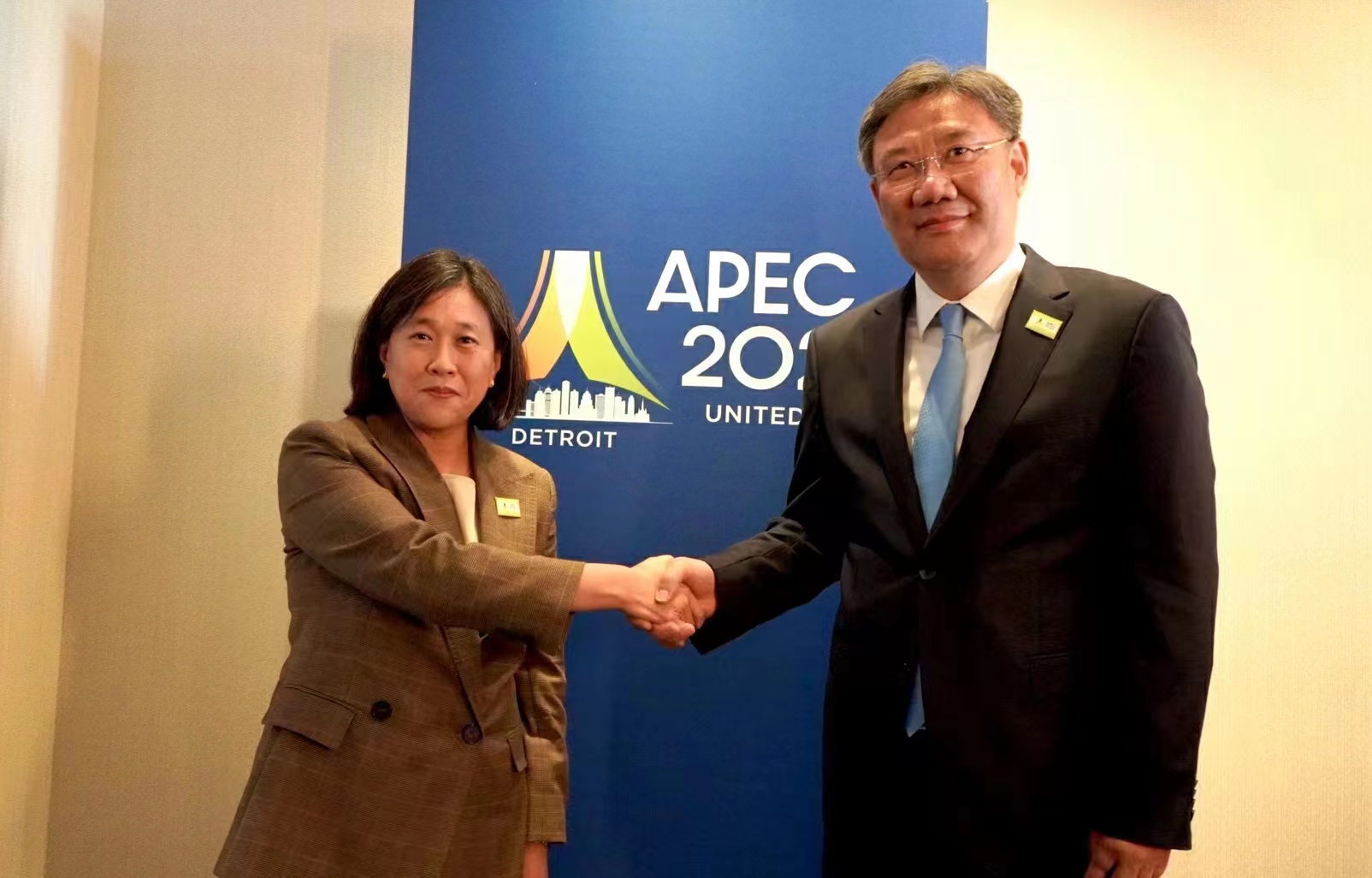
In parallel, China and the U.S. need to start institutional economic and trade dialogues or talks as soon as possible. The dialogue mechanism should cover various key substantive differences and obstacles in bilateral economic and trade relations.
Both sides should set up a key dialogue on national security related trade measures, excluding the abuse of the concept causing technology restrictions and de-coupling.
A key dialogue should be set up on chips and semiconductor manufacturing equipment, reducing bans and restrictions on exports to China, and on additional arrangement of Science and Chips Act, and IRA for WTO-compliant treatment to China. The resilient chips supply chain should also be a focus of this dialogue, to correct de-coupling with China.
Another dialogue on economic coercion should be set up, to examine and identify real coercion if any, by China or by the U.S., and the way to its solution.
A dialogue on WTO compliance should be set up to address the U.S. 301 investigation and tariffs on China, and remove them if found WTO contravene at all. The dialogue should also cover U.S. business fair treatment in China.
Parallel dialogues between Chinese and U.S. industry associations should also be launched to supplement government dialogues.
Meanwhile, trade and investment cooperation at sub-national level, or between Chinese provinces and U.S. states, should be enhanced energetically for early harvest.
Past experiences show that sincerity for cooperation brings substantive improvement. China is sincere and we hope the U.S. will be sincere and cooperative as well. Let improvements in words turn to substantive changes in action, thus bringing China-U.S. relations, especially economic and trade relations back to the right track, benefiting peoples of the two countries and of the world at large.
The article reflects the author’s opinions, and not necessarily the views of China Focus.
 Facebook
Facebook
 Twitter
Twitter
 Linkedin
Linkedin
 Google +
Google +



